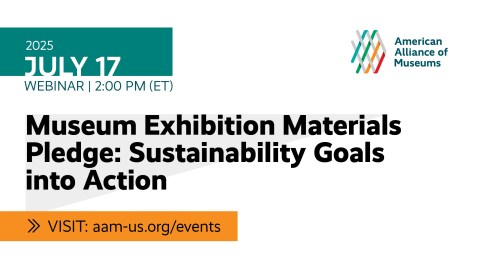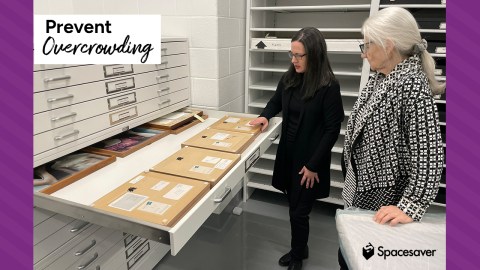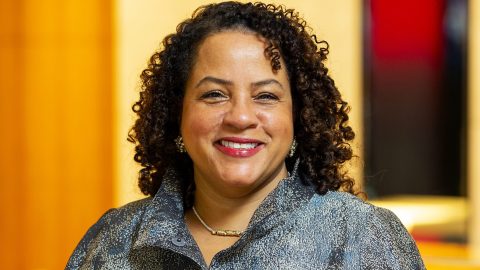Monday musings are usually my way of sharing “brain blorts”: brief, off-the-cuff thoughts about something I have read recently, both to help clarify my thinking an in the hopes of generating discussion and response. I give myself 15 minutes or so to jot down a summary of the article(s) stuck in my brain, and outline why I think they may be important. This week’s “musing” is brought to you by Sylvea Hollis, CFM Project Coordinator.
A recent Wall Street Journal article details the growing number of school teachers and administrators opting to take their students on virtual field trips rather than the more traditional bus excursions. Mostly a change out of necessity, the article outlines numerous factors that have contributed to this shift including: the recession, budget cuts, and school performance pressures. The author focuses on the expansion of videoconferencing programs primarily at zoos and aquariums, but it is hard not to think about how these types of changes also shape other cultural institutions, like art, history, and science museums. I can appreciate the way teachers use videoconferencing to help their students reach museums and institutions from around world, but I hope that this technology will not mean the eventual end of field trips within their own communities.
Perhaps like most reading this post, my thoughts on videoconferencing and school field trips are colored by my own nostalgia for museums as a young visitor. Birmingham, Alabama’s museum community was my playground from the mid-1980s to late 1990s. At the Red Mountain Museum I learned about the work of paleontologists and was mesmerized by stories of the people who first found fossils in the Appalachian foothills. In Moundville my classmates and I studied about the indigenous populations who were in the state first, and we climbed their man-made hills. And, at the Arlington Antebellum Home and First White House of the Confederacy I learned to think critically about why certain stories existed about the past and to ask questions to explain the notable absences in those narratives.
It is hard to imagine what it would have been like to experience my first field trips from a projector screen. Perhaps, it would have still sparked a desire to travel and see everything firsthand. But, I think we should also consider how viewing art, history, and culture from afar can compromise young learner’s ability to feel a part of it all. Back in 2012 the Crystal Bridges Museum of American Art released a report on the Educational Value of Field Trips. They found that students’ ability to recall information, experience historical empathy, and develop critical thinking skills were enhanced during field trips.
Visiting places, seeing their collections, and walking through exhibitions is an intangible experience for most visitors, including young people. But, it is impossible to deny that right now the current climate of K-12 education forces most educators to treat museum visits as a luxury rather than necessity.I read a review of Fareed Zakaria’s book, In Defense of a Liberal Education. In it Zakaria highlights the value of liberal arts education because it encourages students to find their voice, analyze streams of diverse opinions, and participate in the world with a level of inquiry. These are also the type of skills that can be enhanced by visiting museums—rather in person or virtual.
Despite the current circumstances museums and schools are doing remarkable work by using technology to enhance student learning. Robots guide young people on virtual tours of galleries; students are able to meet with curators and exhibition specialists over webcams; and students are creating their own digital humanities projects with programs like Omeka, Story Maps, Neatline, and more. It would be wonderful to see more systems of support for K-12 schools to experience both virtual and real field trips. Some of the schools highlighted in the WSJ article might do this, but it was not stated.
I view field trips as conduits or ways by which children and adolescents can learn about the world around them. In some ways the journey to museums is just as important as the visit. It is a process that democratizes our landscape and teaches young people that they have a right to move beyond the boundaries of their neighborhood. If we could do this in a sustained way, what might that mean for how people engage with their community and surroundings? Furthermore, to what degree will the young people who visit institutions virtually have a desire to support them later as visitors and donors?








